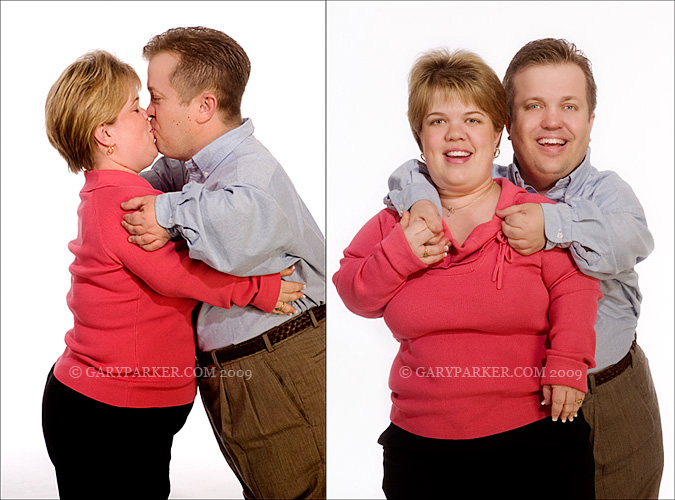WHAT
The respiratory therapist treats people with sicknesses/problems affecting the cardiopulmonary system such as breathing disease, dangerous lung disease, dangerous lung disease, (related to the heart and blood vessels) sicknesses/problems, and (serious physical or emotional harm). In the hospital setting, the breathing-related therapist provides care and life support to patients in the emergency room, intensive care units, general hospital areas, the lung-related (figuring out the problem with a person's health) laboratory and other specialty areas such as healing/repairing.
While on the job, the RT will diagnose lung and breathing sicknesses/problems and recommend treatment methods. They will interview patients, peform chest exams and analyze tissue medical samples/examples. Managing ventilators and artificial tube (from the mouth to the lungs) devices for patients who can't breathe normally on their own is also a first (or most important) responsibility of these professionals. The breathing-related therapist may play a well-known/obvious role in responding to Code Blue or other extremely importantcalls for care in the emergency room.
Responsibilities for the modern breathing-related therapist are varied and demanding, from complex diagnostic procedures to supervision of breathing-related technicians and equipment. For example, the RT may test a patient's breathing capacity and decide/figure out the concentration of oxygen and other gases in a patient's blood. Or, they may teach patients and their families to use ventilators and other life-support systems in the home. The RT talks to with doctors and other healthcare staff to develop and adjust patient care plans. In some hospitals, therapists perform tasks that fall outside their traditional role: lung-related healing/repairing, smoking ending counseling, disease prevention and case management.
HOW
Respiratory therapists need an Associate’s Degree, a Bachelor’s Degree, or even a Master’s Degree from a post-graduate program. Associate of Science in Respiratory Therapy programs are available from community colleges, but their programs aren't as advanced. The Certified Respiratory Therapist (CRT) credential is required to obtain state licenses and practice as respiratory therapists. CRTs are also eligible to sit for the two-part advanced practitioner registration examination and achieve the Registered Respiratory Therapist (RRT) credential.
References:
http://www.kumc.edu/school-of-health-professions/respiratory-care-education/what-is-a-respiratory-therapist.html



